“Mrs Bluebird” is one of the great singles. Released in May 1968, it is airy yet lush. The filigreed harmony vocals are like velvet, the rhythm is insistent but soft. Overall, there is a sense of distance; that what’s heard is not quite within reach. When a guitar solo comes, it is sharp but muted. This is archetypal American harmony pop – but with a distinct freeze-dried character.
It was the top side of the third single by Eternity’s Children, and made 69 in Billboard’s singles chart. It got to 54 in the Cash Box ranking. A UK release of “Mrs Bluebird” suggested there was chance this could be a break-out band. In the US, an album was issued to tie in with the single. The LP, the eponymous Eternity’s Children, proved “Mrs Bluebird” wasn’t a one-off. Amongst its highlights are the stately “Your World,” another gem with that other-worldly aura. Album opener “Again Again” was equally striking, evoking Harpers Bizarre if they were blissed-out to the nth degree. Whatever its quality and permafrost gloss, Eternity’s Children did not burn up the charts.

In time, despite the scant chart showing, Eternity’s Children were rediscovered. A first pressing of the debut album costs anywhere between £50 and just-over £200. Their second and last album, Timeless – only issued in Canada in November 1968 – goes for up to £700. A promotional copy of the US “Mrs Bluebird” single in its picture sleeve (pictured below left) – if one can be found – will be at least £40.
A great band then, and one generating a collector buzz. Now, Eternity’s Children and Timeless are reissued on vinyl for the first time. These exceptionally well-presented editions are a must for anyone with a passing interest in the softer side of late-Sixties American pop. A comparison between a first pressing of Eternity’s Children and the reissue shows that the new edition has a more dynamic, crisper sound. Given the scarcity of original copies of Timeless, a similar like-for-like assessment couldn’t be made but a listen to a 2009 CD which included the album in full reveals the disc to be compressed, aurally flatter. Each album has been reconfigured to feature a gatefold sleeve which accommodates liner notes.
Eternity’s Children did not spring from nowhere. “Mrs Bluebird” was their first single for the Capitol Records subsidiary imprint Tower, Before this, there was an August 1967 single on A&M and a May 1967 debut 45 on the independent Louisiana label Apollo Records. Earlier, their keyboard player and main songwriter Bruce Blackman had been in Mississippi band the Lancers. He then joined the Cleveland, Mississippi-based The Phantoms who, regionally, were bigger. His was an upwards trajectory. After line-up changes, the band became Eternity’s Children. Now based in Biloxi, Mississippi, singer Linda Lawley was added. They were picked up a management outfit based in Baton Rouge, Louisiana.
After encountering Keith Olsen, the bassist in psychedelic garage rock band The Music Machine, at a show in Biloxi and following the Apollo single, they moved to Los Angeles, where they regularly played hip night spot The Hullabaloo. Shows on bills with The Seeds and Country Joe & the Fish increased their profile. The one-off A&M single soon followed. When that flopped, they returned to Louisiana. Nonetheless, they got the deal with Tower, and the now post-Music Machine Olsen –who had arranged the A&M single – was engaged as their producer. Eternity’s Children seemed to be on their way.
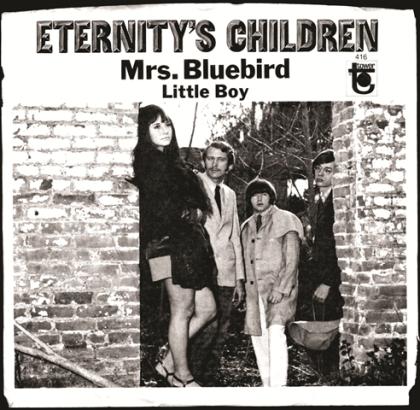
Olsen – who later worked with Fleetwood Mac – brought his associate and future cult figure Curt Boettcher on board as co-producer. Having produced The Association’s “Along Comes Mary” and “Cherish,” he was hot. It wasn’t just Boettcher’s prowess with arranging and the technical side of recording that had entered the picture: the debut Eternity’s Children album included a track titled “You Know I’ve Found a Way” – actually a demo Boettcher had recorded with Lee Mallory. A track which was nothing to do with Eternity’s Children had been sneaked onto their album.
Irrespective of who else was involved with recording Eternity’s Children's debut album, the band had created a landmark record – albeit one which didn’t sell strongly. Tower plucked “Sunshine Among us” from the album as the next single in August 1968, but sales were low.
However, that wasn’t it for Eternity’s Children. Even though Bruce Blackman – the main source of the band’s original material – had left, they were next teamed with Bakersfield-based producer Gary Paxton, for whom they recorded a full album. Paxton supplemented the band with Byrds’ guitarist Clarence White – who also, during the sessions, claimed a co-write with Paxton’s wife. Gene Parsons, who had been in the band Nashville West with White and would go on to join The Byrds, also had one of his songs – again written with Jan Paxton – recorded. Eternity’s Children were losing their self determination.
From the sessions with Gary Paxton, “Till I Hear it From You” became a US single in November 1968. The same month saw the release of Timeless, the Canada-only second album. It lacks the distinctive chilliness of the first album but is, nevertheless, a fine harmony pop album and is more obviously along the Association lines than its predecessor.
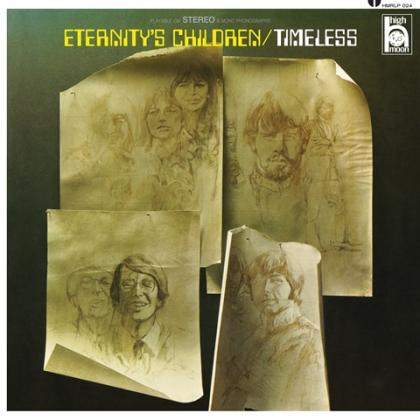
After two non-album singles released in 1969, Eternity’s Children found that their time with Tower Records was over. Members had begun leaving. Members were replaced. In a move as eccentric as the label decision to issue their second album only in Canada, the band moved to Tyler, in east Texas. It was not an obvious place to base a band. All that springs to mind linking the city with music is that the band Mouse & the Traps were from there, and it was where regional producer Robin Hood Brians had his studio: The Five Americans and ZZ Top recorded there. Less contemporaneously, Bob Luman was born in Tyler. A final Eternity’s Children single appeared on the Liberty label in May 1970. Its B-side was co-produced by Keith Olsen and Curt Boettcher. The reunion with the duo who had recorded the first album had little effect. Soon, Eternity’s Children were no more.
There were, though, some ripples. The band’s Bruce Blackman, Bo Wagner and Johnny Walker resurfaced in Starbuck, who went big in 1976 with immortal lite-disco smash “Moonlight Feels Right.” Vocalist Linda Lawley established herself as a studio singer as a songwriter. She had written for Eternity’s Children. Her song “Kiss me the way you did Last Night” was recorded in 1980 by The Carpenters. In 1984, Lawley was one of the singers in the Rhino Records semi-novelty trio The Knickers.
It was a long way from 1968, “Mrs Bluebird” and the debut Eternity’s Children album. Given the history, it’s tempting to see the band as a way station for its members; a stepping stone on the way into the music business rather than as a stand-alone entity. However, the best of their records confirms that, musically, Eternity’s Children had their own identity and stood shoulder-to-shoulder with similarly minded late Sixties American harmony pop contemporaries. These reissues are a very welcome reminder that this is the case.
- Next week: The Jimi Hendrix Experience's Axis: Bold As Love becomes a box set
- More reissue reviews on theartsdesk
- Kieron Tyler’s website



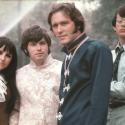

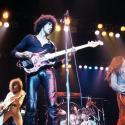
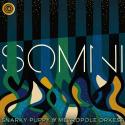



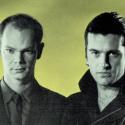



Add comment